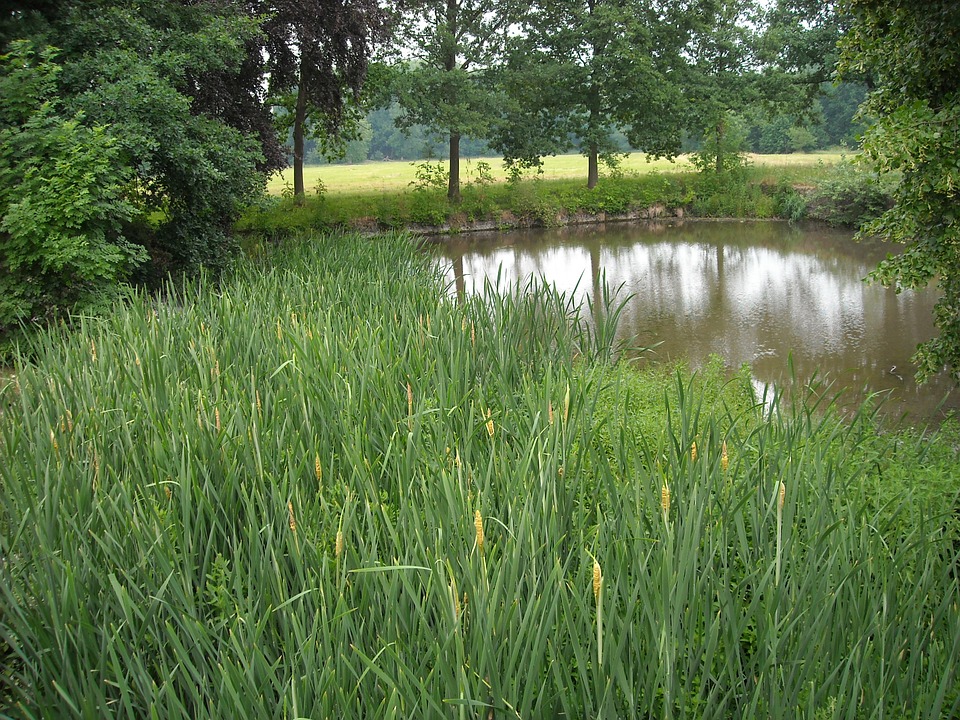
Private ponds are a great way for landowners to enjoy fishing from the comfort of home. It is quite popular for various types of gamefish to be housed in these ponds, giving the opportunity to fish those very fun species such as bass, bluegill, and of course crappie.
Crappie are a delicious panfish that are great fun to fish. They don’t require the most difficult conditions to live in either, being widely found in lakes, rivers, and ponds, making them a good choice for landowners looking to create a private pond fishing for crappie.
However, one of the most important aspects of raising gamefish such as crappie in a pond is their diet. Fish like crappie require additional nourishment due to the conditions of a pond, which are entirely manmade, so you’ll want to ensure you are feeding them with the right food.
Before proceed, also read the reasons why are crappie bad for ponds.
Doing so results in a healthy population of crappie that will be a joy to fish.
What to Feed Crappie in a Pond
First off, you need to ensure the pond water is visible enough for the crappie, otherwise they won’t be able to see their food. Young crappie needs good visibility, or they don’t see their prey, causing slow growth that won’t be useful for those raising gamefish.
Look for visibility up to 24-inches in the water, excluding days following heavy rain that creates a runoff, which should ensure the pond isn’t too muddy for crappie to see. Also, be mindful of algae growing in the pond, as this may further reduce visibility.
Underwater rooted plants are also important for the survival of crappie in a pond, as they like to hide between the growth when near shore. Aim to keep various rooted plants throughout the shoreline of the pond.
If sharing a pond with bass and bluegill, crappie can eat some of the same microscopic plankton and insects, although this is mostly reserved for younger crappie. Once grown, crappie prefers a diet that consists of smaller fish, including young bluegill.
However, their preferred fish is minnows, making them some of the best food to feed crappie in a pond. You can try using fathead minnows, as these are likely to give a boost for any growing crappie, but they are only likely to last a few seasons, especially when sharing water with bass.
Minnows can also be encouraged to reproduce naturally with the right habitat. Look to implement weeds and other plants that allow minnows and any other prey fish to hide and reproduce, as this encourages them to reproduce, saving the hassle of frequently adding new minnow for the crappie.
Here is the list of food you can feed the crappie in the pond:
- Minnows
- Zooplankton
- Aquatic Insects
- Juvenile Sunfish
- Grubs
- Nightcrawlers
- Worms
- Crayfish
It isn’t recommended to use other prey to feed crappie as this can divert attention from largemouth bass, which is needed to prevent bluegill and crappie overpopulating a pond. So, avoid using other prey such as gizzard shad, as these could negatively impact the delicate population balance of a pond.
Furthermore, there are supplements that you can buy to provide the crappie with additional nutrition, keeping them healthy and encouraging growth. For instance, powders and pellets containing bacteria enhancers provide a natural source of minerals for the pond, helping keep crappie fit and healthy.